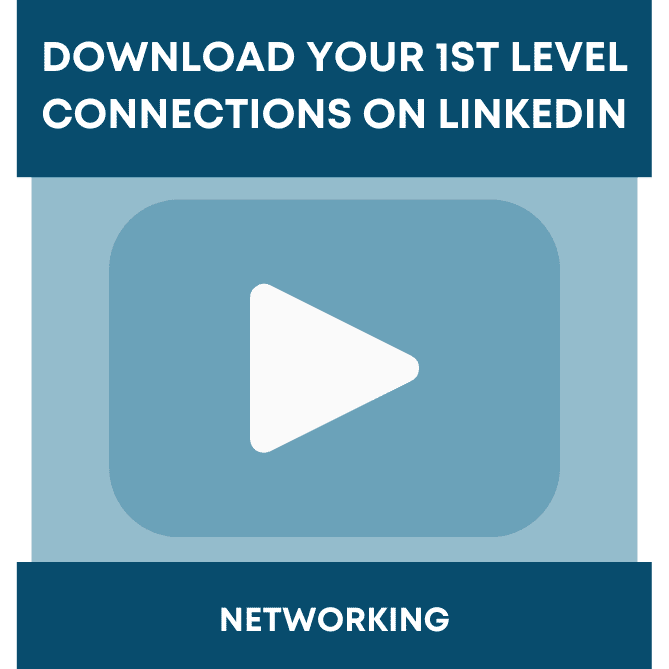Are you currently searching for a job and don’t know how to position yourself on LinkedIn? So many professionals struggle with this very same predicament. You probably have one of a few different concerns – you either don’t want to tip off your current employer that you’re searching for a new position or you want to let people know that you’re looking, but are worried about the negative perception that some may have if you advertise that you are currently unemployed.
We hear these concerns quite a bit at Intero. There are so many different schools of thought when it comes to what to do (and what not to do) on LinkedIn when you’re in transition. There are two general guidelines that I’ll be highlighting for you over the course of the next week. For today, let’s focus on the first tip:
#1 Represent Yourself Accurately
For your Profile, it’s important above all else to represent your expertise, your current and past roles and your overall professional persona accurately. This means that changes in title or experience should always be updated on your LinkedIn Profile; job search or none.
If you’ve recently exited your position, then your profile should represent that. Please note that when an end date for a position is not entered in LinkedIn, your most current role will continue to show begin date-present (as shown below). And if you’re not actively in that role, this may not be accurate information.
Make sure to enter an end date for any positions that are not current. This will ensure that your experience is being accurately represented within your Profile.
Additionally, there’s the matter of your Headline, which is often the first thing that people see when they search you or pull up your Profile. You will want to change your Headline if it is the title of the position you are no longer in. This is a great time to be creative. Define yourself as a professional. We are not just our titles. Take my Headline for example. I include my title, but not before I list how I define myself as a recruiting professional:
Using terms such as these will help you to create a strong headline that does not necessitate a title. So you can position yourself as the strong, accomplished professional that you are without having to misrepresent yourself.
Take some time this week to consider how you are currently representing yourself on LinkedIn. Revise your experience, titles and Headline where necessary. And please tune in next week for LinkedIn Profile Tips for Professionals in Transition, Part 2.
If you’ve recently experienced a layoff, here is a blog post that I wrote a year ago that serves as a survival kit of sorts:






